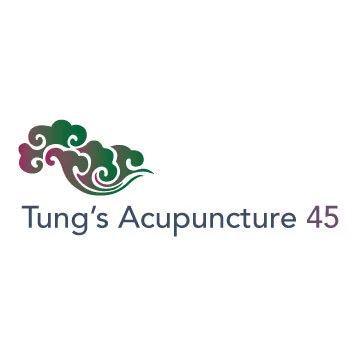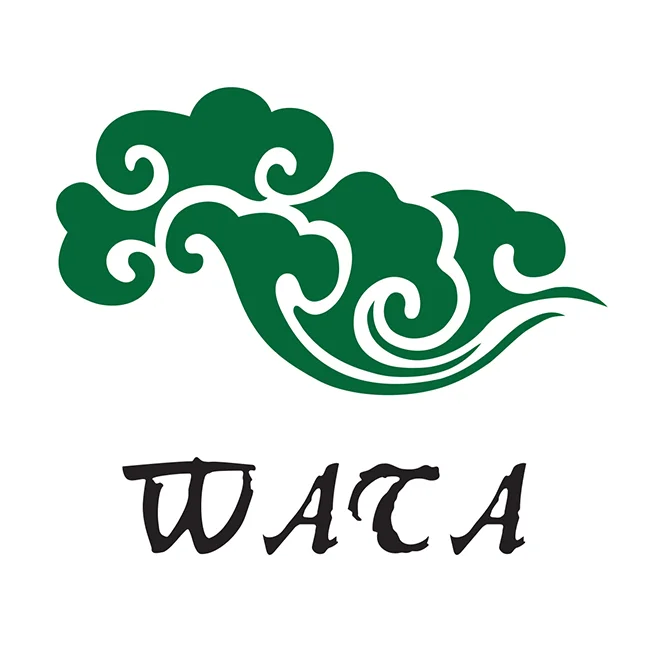3: Why do both Gongsun (SP4) and Menjin (66.05) treat frontal headache and eyelid ptosis? What are the common mechanisms?
/SP4 is the Lou-connecting point of the spleen channel. The spleen and the stomach are the interior-exterior related organs. Hence SP4 is the major point in treating stomach channel disorders. Personally I most often use SP4 to treat pains located in the supraorbital and nasal bones, and frontal headache as well. The results are superb. It stops the pains promptly. This is because the face and the frontal head belong to Yangming. Needling one collateral point will treat both interior and exterior channels. SP4 is also one of the eight confluent points. It communicates with the Chong meridian. As “Chong meridian is sea of blood”, SP4 is also effective in treating blood vessel headache.
Frontal headache is also called Yangming headache. Menjin is located on the posterior to ST43 and attached to the bone (equals to the ancient location of the ST43). It equals to the Shu-stream (wood) point of the Yangming stomach channel. As “Shu-stream points govern heavy body sensation and joint pains”, they are the primary points in treating various pains of the respective channels. ST43 is the wood point of the earth channel. It is very good at coursing the liver and strengthening the spleen, and hence is quite effective in treating the headache caused by qi stagnation and emotional disturbance due to liver depression. The functions and indications of Menjin is the same as ST43.
The ptosis of the eyelids is related to qi and spleen deficiency. To treat it, the best selections are points related to both earth and metal. The ST43 equals to Menjin (door metal) when it is selected by attaching to the bone. Menjin (door metal) is named so because the “metal” is related to “lung, and large intestine” and qi. Menjin is on the stomach channel which belongs to earth. Hence, it treats both the earth and metal, or spleen and lung. It is also the Shu-stream point. As “Shu-stream points govern body heaviness and joint pains,” it is very good in treating pains or heavy body sensation and lack of strength. In addition, it also treats lateral headache located on the Taiyang points. The point’s location also corresponds to the upper eyelids. From the perspectives of the channel pathways, five-elements, and correspondence, they all conclude that Menjin is very effective in treating eyelid ptosis.
SP4 is the luo-connecting point of the spleen channel. Spleen and stomach are the interior and exterior related organs. Hence it is an essential point in treating various types of spleen and stomach disorders. Spleen and stomach govern “flesh”. Needling SP4 treats both spleen and stomach. SP4 is the superb effective point in treating frontal headache. It also corresponds to the range of the eyelid level. From the perspectives of the channel pathways, five-elements or correspondence, they all support that SP4 is very effective in treating eyelid ptosis ad eyelid unable to lift up.
From the perspective of the Taichi holographic correspondence, SP4 and Menjin are located about the same level and correspond to about the same space too. Both points are also related to spleen and stomach. Hence they both can treat frontal headache and eyelid ptosis. (The above is cited from the content of the One Needle Therapy of Young Wei-Chieh.)











今年 2020 為 董公景昌博士逝世45週年,為紀念 董公傳授絕學之用心,讓董氏針灸更加發揚,特舉董景昌逝世四十五週年紀念學術大會。